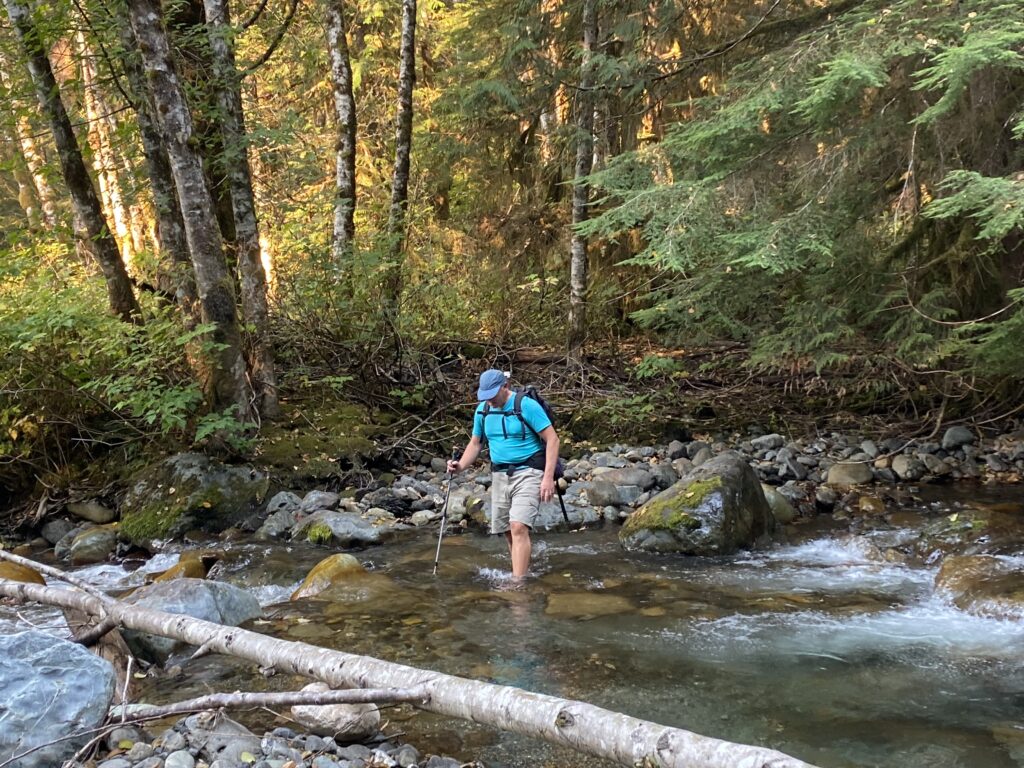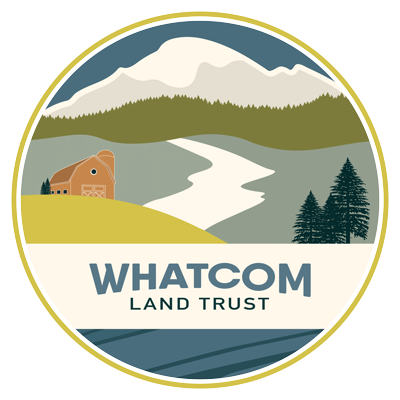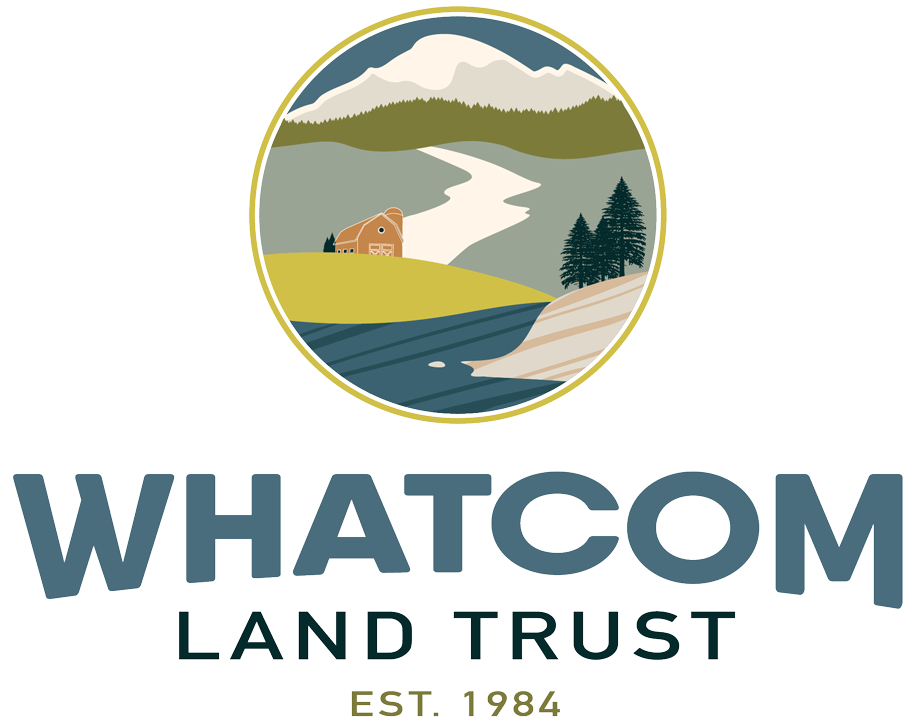Volunteer eDNA study estimates location of fish populations
By Guest Writer Steve Kopp, North Sound Trout Unlimited
Whatcom County and the Nooksack basin have an abundance of native species biodiversity – particularly among salmonids. This region is home to all 5 species of Pacific salmon, 2 species of trout and 2 species of char, plus a few introduced salmonids. Many of our native species are important for their commercial, recreational, and cultural value, and most have experienced decreases in their range and population in recent decades.
In 2020, local fishery conservationists, the US Forest Service, Whatcom Land Trust, and others collaborated on a project to map the current distribution of salmonid species throughout the Nooksack basin. The premise – to understand future changes in species locations, we first need to understand where they are today.
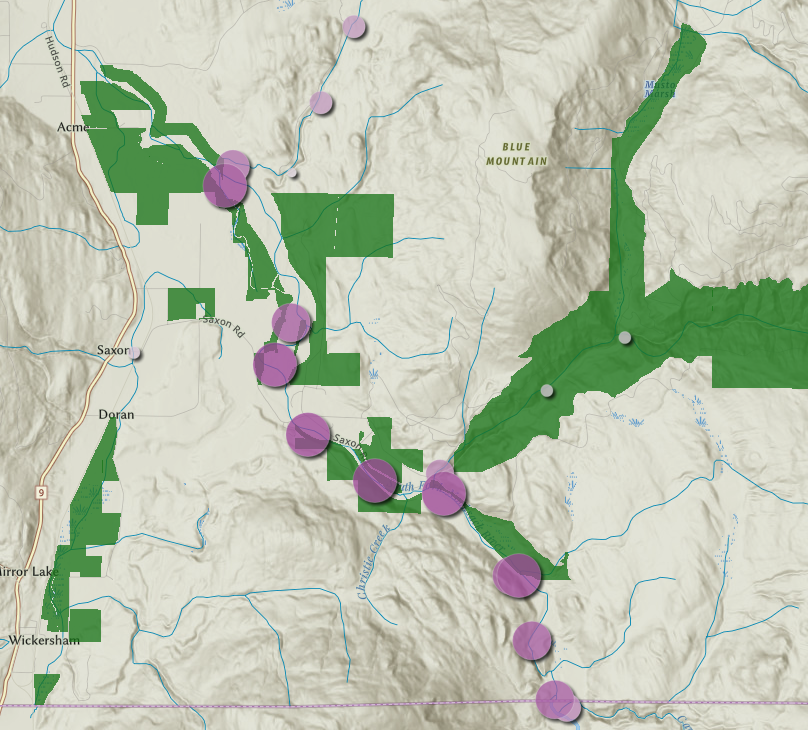
A team of local volunteers collaborated with the US Forest Service National Genomics Center for Wildlife and Fish Conservation to deploy a new field technique which uses water samples to identify trace amounts of fish DNA for mapping the presence of species. The technique is called environmental DNA (or eDNA), because the DNA is freely present in the environment (i.e., a water sample) – it’s not taken directly from a captured animal. This technique makes it possible to identify which fish species are present without ever seeing or touching the fish. The water samples were filtered at the collection location, and the filters which contained the DNA were sent to the lab for analysis. The benefits of this approach are low-cost, safer for sensitive species, and more effective at finding rare species than traditional electrofishing – and, relevant to this study, it is easier for citizen volunteers to learn. The analysis only uses a portion of the collected sample, and the rest is archived in a freezer for future analysis of other species.
Over a three-year timeframe, a team of volunteers led by North Sound Trout Unlimited and Fourth Corner Fly Fishers, both based in Bellingham, collected 269 samples which were tested for 11 species. The result is a collection of 11 maps – one map showing where each species was present. Although eDNA studies are happening throughout the country, the Nooksack project has a higher sampling density, and has tested for more species than almost any other watershed.
The project results closely match the Washington State SalmonScape project database that has been compiled from decades of field observations and modeling. We found a few nice surprises, such as Dolly Varden, a native species closely related to bull trout, being much more widespread than we had anticipated, as well as some salmon in the Middle Fork upstream of the former City of Bellingham diversion dam (which was removed in 2020). We also detected salmonids quite far up into the smallest sampled tributaries of the Nooksack, meaning that salmonids are traveling further upstream than we had initially thought. Further analysis is continuing, and similar basin-wide studies are being considered for other watersheds.
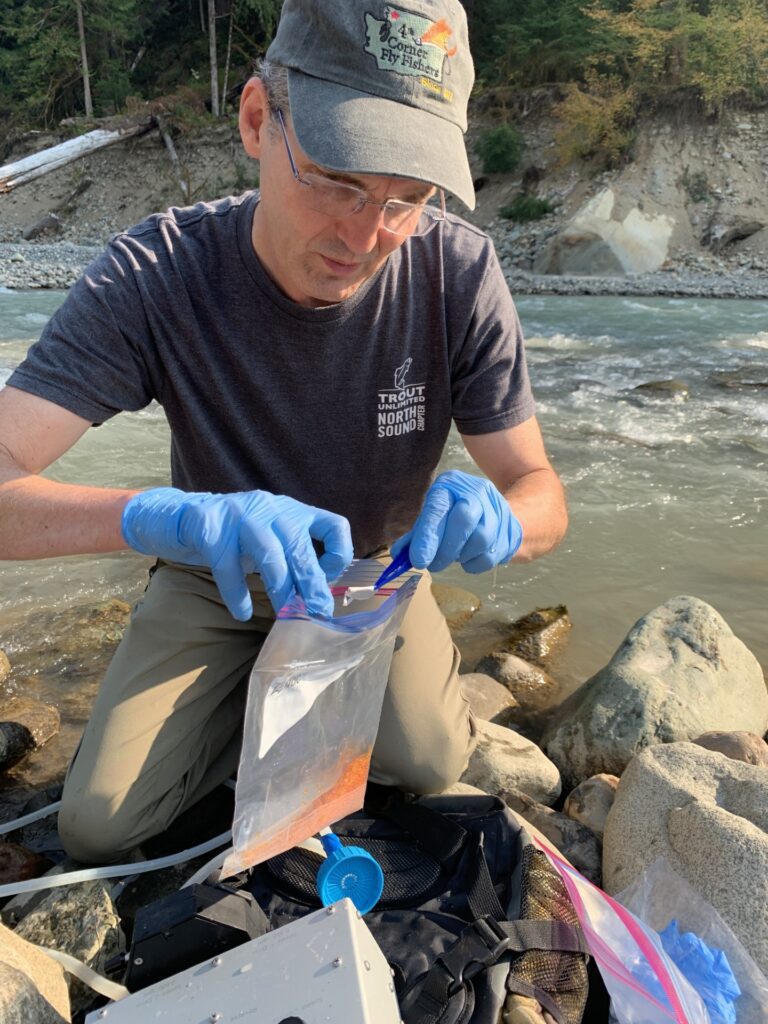
Thank you to Whatcom Land Trust staff and volunteers, who provided helpful guidance on stream access, secured private property permissions, and participated in several days of field work. A special thanks to Jenn Mackey and Kim Clarkin of the Trust for their extra efforts. And finally, thank you to Whatcom Land Trust for prioritizing the conservation value of riparian areas and headwaters for all species.
For additional information on this project or to explore the species maps please visit https://www.northsoundtu.org/dna.html
